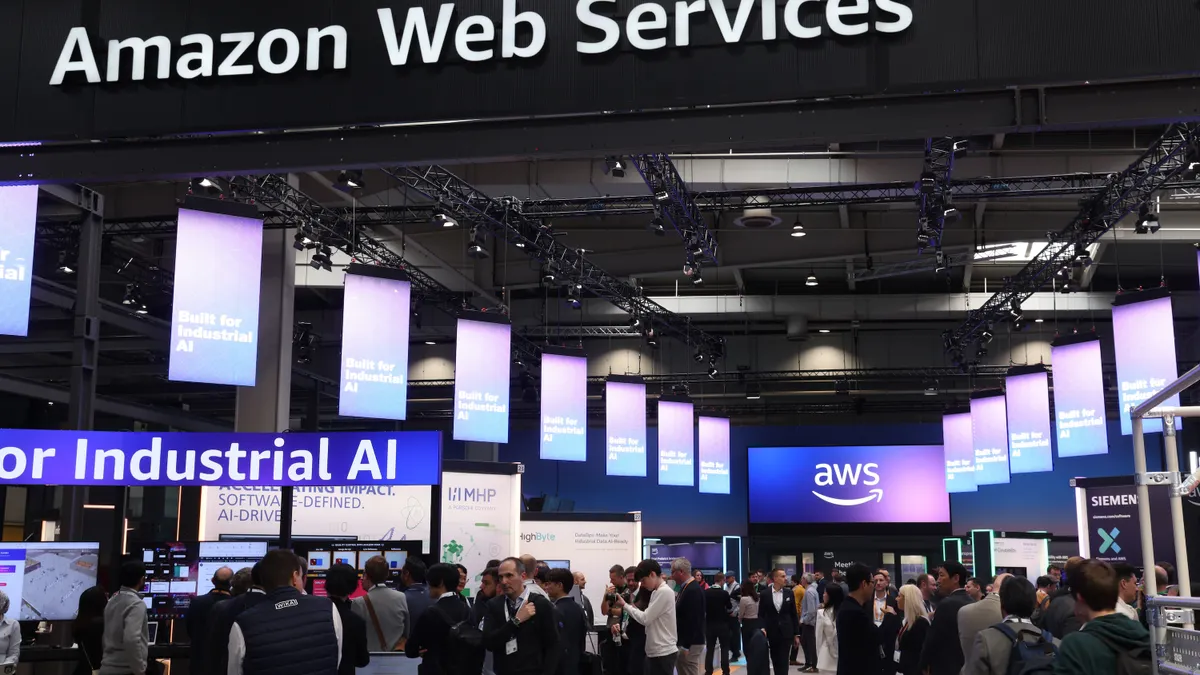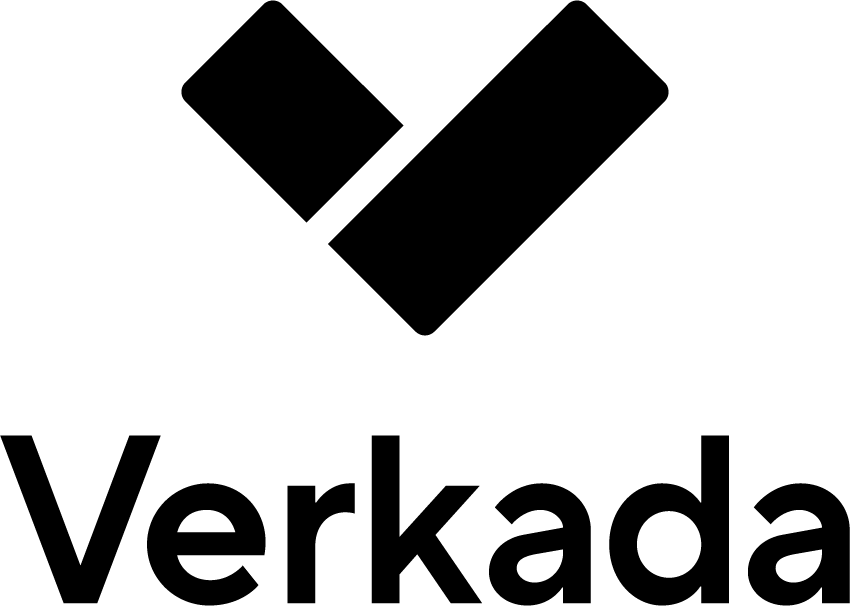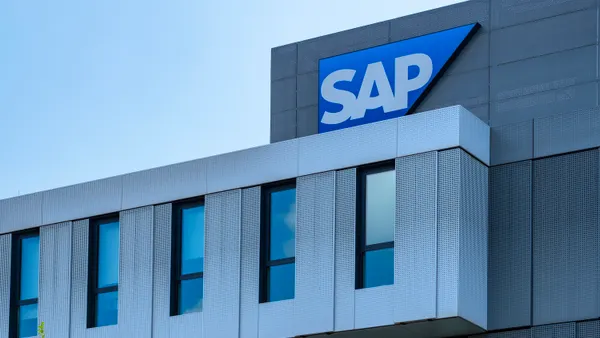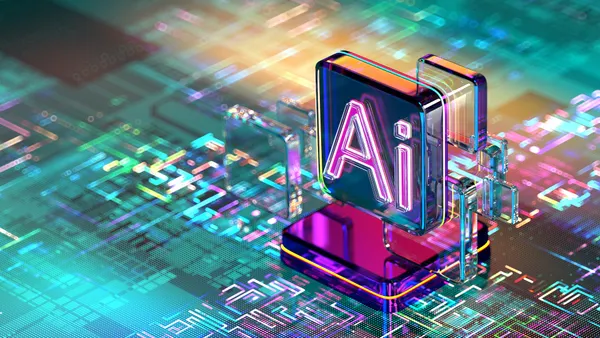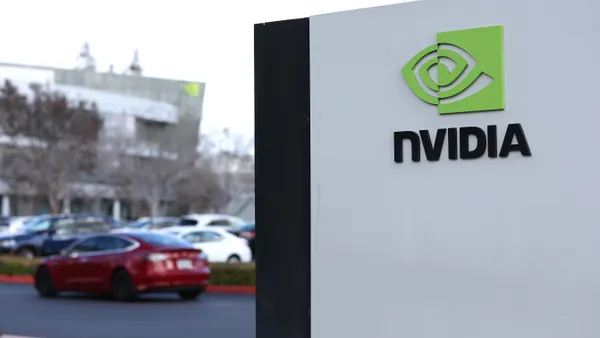ORLANDO, Fla. – CIOs struggling with legacy workloads are looking to new developments in AI as a way to accelerate modernization – and cut costs in the process.
AWS’s agentic AI platform – AWS Transform – pledges to help businesses automate legacy IT modernization.
Migrations for .NET, VMware and mainframe workloads represent high transformation costs and technical complexities, said Ryan Peterson, worldwide tech leader for enterprise modernization at AWS.
Mainframe workloads, which often function as the core of business operations, can be particularly challenging. Refactoring efforts for mainframe applications will usually fail the first time around, according to a Forrester survey. Large mainframe overhauls can take between three to five years with a 60% failure rate, Peterson said during a session at the Gartner IT Symposium/Xpo in Orlando, Florida, last week.
“Organizations face cascading effects when changes in one area impact the entire infrastructure platform,” Peterson said. “Any disruption to critical business operations during transition creates exponential risk.”
AWS represents one of many players releasing tools to modernize legacy software with AI. Microsoft added agentic capabilities to its Azure Migrate service in September. Meanwhile, IT services firm Capgemini launched a code conversion toolkit for refactoring COBOL applications. Financial organizations are also leaning heavily on AI to assist in modernizing old infrastructure.
Enterprises are often burdened with mountains of technical debt, stuck with older models, platforms and architectures that are difficult and costly to get out of. Technical debt accounted for up to $2 trillion in spending for Global 2000 companies, according to a report from HFS Research published earlier this year.
AWS Transform demonstrates a practical application of AI by providing CIOs with a tool to reduce tech debt, said John Buckley, principal systems engineer at Southern New Hampshire University, who attended Peterson's session.
“This is where AI starts to provide value in ways that people have expected but haven’t been able to necessarily quantify at times,” Buckley said.
The AWS Transform platform first initiates a discovery process for enterprise workloads, followed by automatically organizing workloads, application groups and migration waves. Once migration plans are confirmed, AWS Transform deploys replication agents, initiates data sync and tracks migration waves in real time. A dashboard provides CIOs visibility into the process.
AWS Transform also implements self-debugging — a process that involves analyzing code modernization failures, identifying potential causes, generating a hypothesis and refactoring its approach. The platform will iterate until a successful approach handles complex edge cases that Peterson said plague modernization efforts.
AWS Transform helped Toyota Motor North America automate its mainframe migration. The platform modernized more than 40 million lines of COBOL code to Java, representing a 50% faster mainframe modernization effort, Peterson said. It also reduced application discovery and planning by 75%.
Thomson Reuters also used AWS Transform to modernize 1.5 million lines of .NET code monthly, resulting in 30% cost savings moving from Windows to Linux and a 50% reduction in technical debt, Peterson said.
Buckley said he’ll be paying attention to more customer experiences with AWS Transform.
“While my organization doesn’t necessarily have some of these challenges, I’m sitting here thinking in terms of, how do we leverage that kind of concept in how we do things going forward,” Buckley said



